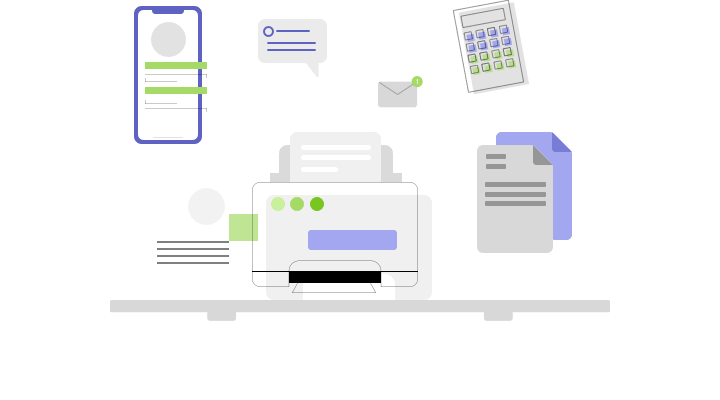A trial balance sheet is a report that lists the ending balances of each account in the chart of accounts in balance sheet order. Bookkeepers and accountants use this report to consolidate all of the T-accounts into one document and double check that all transactions were recorded in proper journal entry format. It affects everything from paying your suppliers and employees on time to seizing https://www.bookstime.com/ new opportunities. While working capital uses a dollar amount to illustrate available resources, the working capital ratio illustrates them proportionally. This further helps business owners understand if their company has enough current assets to cover its current liabilities. Moreover, working capital management is essential for optimizing cash flow and minimizing the risk of insolvency.
If the debit and credit columns equal each other, it means the expenses equal the revenues. This would happen if a company broke even, meaning the company did not make or lose any money. If there is a difference between the two numbers, that trial balance difference is the amount of net income, or net loss, the company has earned. The 10-column worksheet is an all-in-one spreadsheet showing the transition of account information from the trial balance through the financial statements.
Avoid Large Lines of Credit You Don’t Need
This is required because they are on different sides of the accounting equation. This results in the majority of asset accounts having debit balances, and the majority of liability and equity accounts having credit balances. In addition to error detection, the trial balance is prepared to make the necessary adjusting entries to the general ledger.
- A strongly positive working capital balance indicates robust financial strength, while negative working capital is considered an indicator of impending bankruptcy.
- Because cash generates so quickly, management can stockpile the proceeds from its daily sales for a short period.
- It lists all the debit and credit balances to ensure that the total debits equal the total credits.
- You must frequently manage your small business working capital so you know where to make changes in your business.
- This chapter is about a specific type of capital— working capital—that is just as important as long-term capital.
Once we add the $4,665 to the
credit side of the balance sheet column, the two columns equal
$30,140. If the debit and credit columns equal each other, it means the
expenses equal the revenues. This would happen if a company broke
even, meaning the company did not make or lose any money. If there
is a difference between the two numbers, that difference is the
amount of net income, or net loss, the company has earned.

